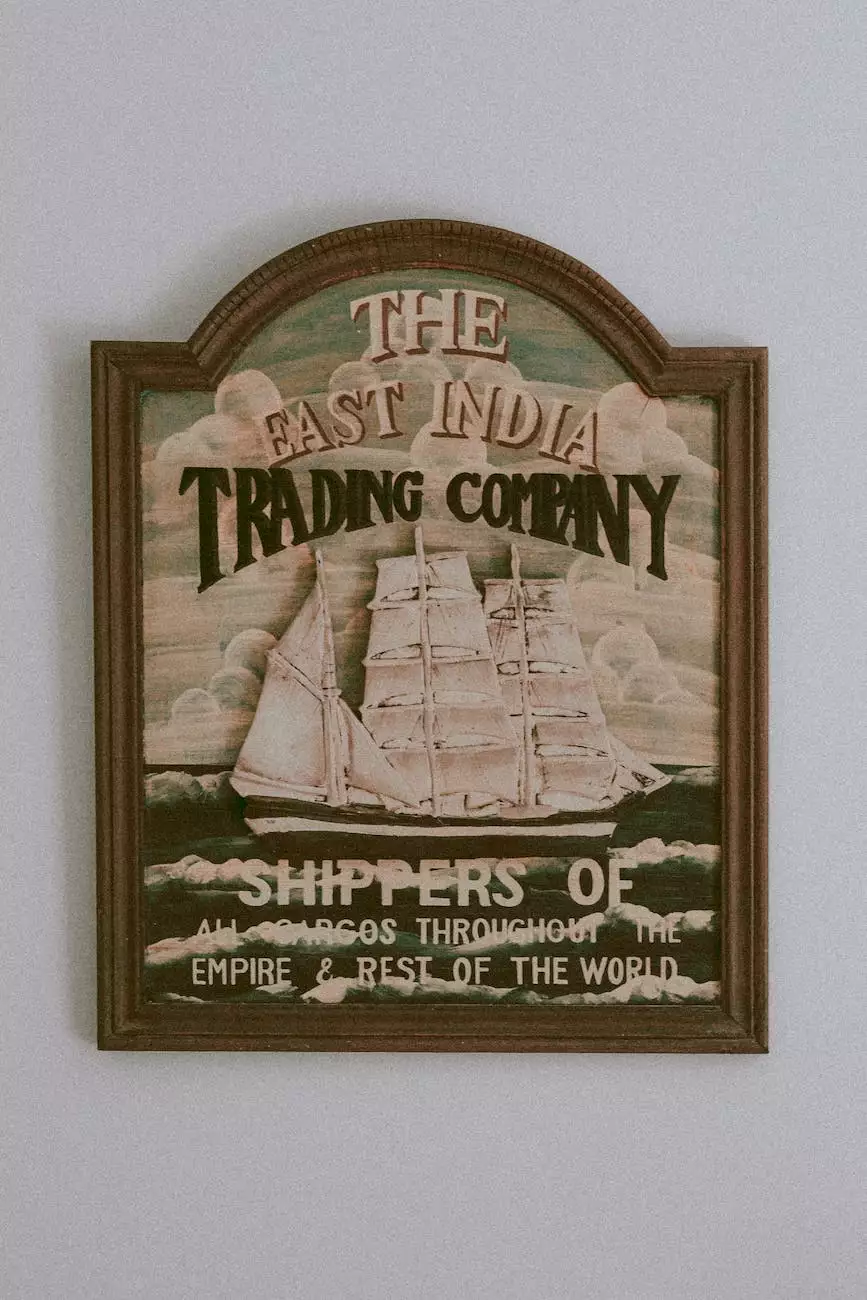Ask the Designer: Pitch Decks vs. Media Kits

The Importance of Pitch Decks and Media Kits in the Arts & Entertainment Industry
In the modern world of arts and entertainment, professionals are constantly seeking ways to stand out from the competition and captivate potential clients. Two essential tools that can significantly contribute to achieving this goal are pitch decks and media kits. In this article, we will explore the differences between these two valuable resources and how they can benefit businesses operating within the arts and entertainment realm.
What is a Pitch Deck?
A pitch deck is a concise presentation that showcases a company or individual's products, services, or ideas. It is a visually appealing tool that combines images, text, and data to convey information effectively. Pitch decks are often used by artists, designers, event organizers, and creative professionals to pitch their concepts or projects to potential clients, investors, or collaborators.
Advantages of Pitch Decks
Pitch decks offer several advantages in the world of arts and entertainment. Firstly, they provide a professional and visually captivating representation of the business or idea, leaving a lasting impression on the viewer. By incorporating stunning visuals and compelling language, pitch decks engage the audience and generate interest in the presented concept.
Furthermore, pitch decks allow creators to showcase their work in a structured manner, highlighting their unique selling points and key differentiators. This enables them to effectively communicate the value they bring to the table, increasing the likelihood of securing partnerships, funding, or valuable connections within the industry.
Understanding Media Kits
On the other hand, media kits are comprehensive packages that provide detailed information about a company, artist, or event. Designed to capture the attention of media outlets, industry professionals, and potential sponsors, media kits contain a wealth of information that assists in the promotion and recognition of the brand or individual.
Key Components of Media Kits
A well-crafted media kit generally includes a variety of components, each serving a specific purpose within the arts and entertainment industry. Some common elements found in media kits include:
- Introduction: An engaging introduction that provides an overview of the brand or artist, including their mission, values, and achievements.
- Biography: A detailed biography that highlights the artist's background, experience, and notable accomplishments within the industry.
- Portfolio: A curated selection of the artist's best work, demonstrating their talent and creativity to potential clients, collaborators, or employers.
- Press Releases: A collection of press releases that highlight recent achievements, collaborations, exhibitions, or upcoming projects.
- Testimonials: Reviews and testimonials from satisfied clients, industry peers, or notable figures within the arts and entertainment community.
- Contact Information: Clear and concise contact information, allowing interested parties to easily get in touch and explore potential opportunities.
The Power of Media Kits
Media kits are indispensable tools for artists, musicians, event organizers, and other professionals in the arts and entertainment industry. By providing a comprehensive overview of a brand or individual, media kits enable them to effectively communicate their value proposition and attract the attention of media outlets, industry influencers, and potential sponsors.
Moreover, media kits serve as a strategic way to establish credibility, as they include testimonials, past achievements, and a collection of successful projects. This enables artists and creative professionals to position themselves as experts within their respective fields, making them more desirable to prospective clients or collaborators.
Conclusion
In conclusion, both pitch decks and media kits play crucial roles in the arts and entertainment industry. While pitch decks focus on concise and visually captivating presentations to convey ideas, media kits provide comprehensive information to promote and establish credibility. By including both tools in your repertoire, you can effectively attract potential clients, investors, and collaborators, making your mark in the competitive world of arts and entertainment.










